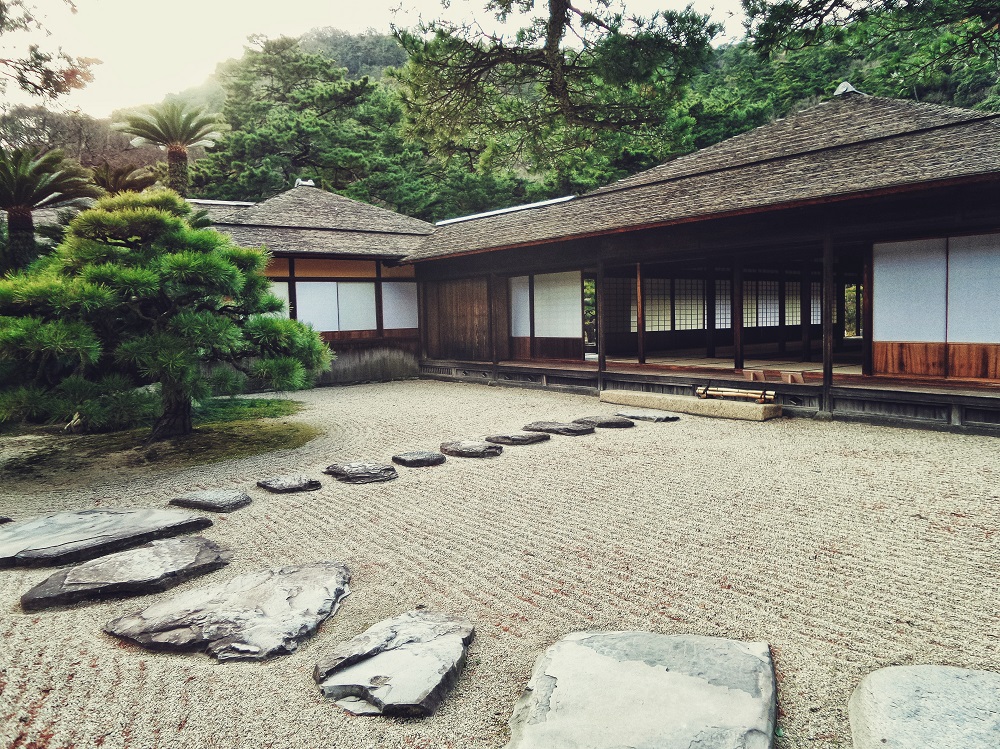Engaging in handicrafts may sound like a handful, with all the materials they usually involve. Still, seeing the pieces you created can stir an incredible sense of accomplishment that most people hardly get at work. If you’re hesitant to try it because of its potential impact on your water bill — due to the mess — investing in a high-quality water buffer tank can eliminate that worry.
Start with your throw pillow covers. Your living room can surely use some new throws, but rather than buy new ones, let’s create personalized covers, instead.
How to Choose a Paint for Fabrics
Ideally, you should use acrylic fabric paint or textile paint since either is specifically formulated for fabrics. Acrylic paint alone isn’t suitable for material because it will dry crusty, resulting in cracks after a short period. But you can mix it with fabric medium and achieve better results.
Fabric or textile medium is a thick fluid that makes acrylic paints more malleable/flexible. Mix one part of it to two parts of acrylic paint, and your desired consistency can be achieved.
If you’ve heard of vinegar being a substitute for fabric medium, don’t fall for it, because water-based artists’ acrylics are highly sensitive to pH changes. Since vinegar is acidic, it exposes the acrylic paint to an environment opposite of what it requires, which is alkaline.
Using vinegar is only acceptable when you’re coloring with dye, not paint. That’s because vinegar and salt work together in naturally locking dye into the fabric, whereas paint doesn’t have to be “locked.” It only sits on top of the material.
Therefore, select either acrylic fabric paint or textile paint for a less-complicated job. Though, you can mix those with fabric medium as well to dilute the color.
Fabrics You Can Paint On
A 100% cotton fabric that’s tightly woven is the best type to paint on. But you can paint on almost any kind of material as well, from cotton/poly blend to leather.
But if you’re painting with broad brush strokes, it’s recommended to use a loose-weave fabric, such as buckram. Otherwise, use tightly-woven ones to make small and intricate details more pronounced.
If painting isn’t right up your alley, you may use colored pens instead. Draw on the fabric and diffuse the color with water, and you’ll produce a pillow cover that looks tie-dyed.
Design Ideas
1. Freehand Painting
For beginners, freehand painting is an excellent way to paint fabric for the first time. Feel free to come up with your patterns and strokes. Just learn a thing or two about shading techniques to make your work dimensional.
2. Dots
Since going straightaway with patterns can be intimidating, start by painting dots, instead. You don’t even need a paintbrush, because the back-end of a pencil can suffice. Create an ombre effect by starting with a light color, and going with darker ones as you progress.
3. Stamping

If you don’t have a steady hand, spare yourself the trouble of using a brush, and resort to stamps, instead. Prep your paint, and have someone with a steady hand-carve out fruits or veggies, which you can use as a stamp. Simply paint the carved material or food, then stamp it on the pillow cover.
4. Sew Your Own Pillow Cover
Of course, painting isn’t the only way to produce your own unique pillow covers. If you miss sewing, this is the sign to get back on it and create some amazing DIY pillow covers.
If you become skilled enough at making DIY pillow covers, you can sell your works and earn a profit. Hence, by trying your hand at painting and sewing fabrics now, you’re setting yourself up for a possible profitable venture.


